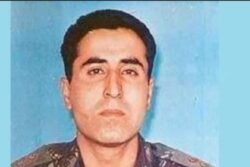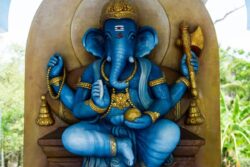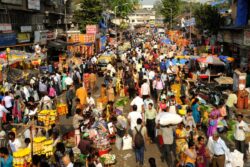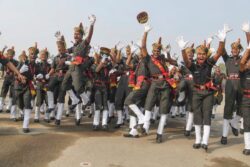Horse carriages must go: Pritish Nandy
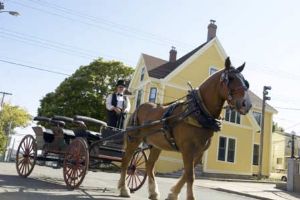
The horse has been man’s best friend for ever. We have admired its beauty, its dignity. We have adored its loyalty, its love. We have seen its courage, its grit in adversity.
From Hengroen, King Arthur’s faithful companion, to Caligula’s Incitatus, who became a senator, to Alexander the Great’s Bucephalus who died after the Battle of Hydaspes in 326 BC and lies buried in Phalia, a town named after him in Pakistan’s Mandi Bahauddin district. From Don Quixote’s Rocinante to Rana Pratap’s loyal Chetak, the blue-tinged Kathiawadi who died in the Battle of Haldighati, to Napolean’s charger Marengo, who at 19 carried his master 3000 miles to Moscow and back. Then you have Sea Biscuit, the undersized Depression-era race horse, hero of one of the most memorable films of our time, and Pilgrim, who with Grace and Tom Booker, the horse whisperer in the Montana mountains, told us yet another great story to add to the romance of horses.
 No, the horse has not changed. He is still loyal, loving, devoted to his master, friend to whoever shows the slightest affection. But you and I have changed. We see the horse today as just another creature to exploit, make quick money off. We whip them to run faster and faster on the race course, or on the Andheri Highway, where carriage races happen after sundown to make easy money off betting. Or we make them gallop up and down Marine Drive yoked to heavy carriages till their frail, tired bodies give up in despair. I wonder who the yokels are who go for these joy rides. Don’t they see the wounds and calluses? Do they really believe these sad-eyed horses pulling overcrowded carriages like what they do?
No, the horse has not changed. He is still loyal, loving, devoted to his master, friend to whoever shows the slightest affection. But you and I have changed. We see the horse today as just another creature to exploit, make quick money off. We whip them to run faster and faster on the race course, or on the Andheri Highway, where carriage races happen after sundown to make easy money off betting. Or we make them gallop up and down Marine Drive yoked to heavy carriages till their frail, tired bodies give up in despair. I wonder who the yokels are who go for these joy rides. Don’t they see the wounds and calluses? Do they really believe these sad-eyed horses pulling overcrowded carriages like what they do?
Some have died in the middle of the road, gasping. Two recently fell off the Andheri flyover, tethered to their carriages, part of an illegal race egged on by screeching bikers and betting syndicates. They lay spreadeagled on the road below, too exhausted to even breathe their last. But not all are so lucky to be claimed by death. Most live a life too gruesome to describe. Even their off hours are agonising, standing in filth, unfed, and in seasons like this, knee deep in rain water for hours. Many are tied to beaches, pavements, slums, open patches of land illegally occupied by their owners.
At Dadar, Nariman Point, Khar Danda, Andheri East, they are tied to the foreshore where they have to deal both with the high tide and the rain. Where the horses are in enclosed areas, as in the Ambedkar Nagar slums, 4 to 6 are squeezed together in rooms 10 feet by 8. They can barely breathe. They stand there for hours, defecate, try to beat off swarms of flies without any space to move.
Most are cold shoed, which means rather than finding a shoe that fits the horse’s foot, owners get the hooves brutally hacked to fit into smaller shoes. This makes the horses unstable on their legs, their hooves begin to rot. The iron shoes slip on wet streets. When they fall or flail, they are flogged to shock them into quickly standing up. This makes them slip again. Their legs are swollen and stiff. Most suffer from laminitis, which causes shooting pains up and down their legs every time they take a step. To make them turn left and right, spiked bits are clamped in their mouth. So their mouths bleed all the time. You think they are chewing food. They are actually swallowing their own blood.
This cruelty must stop. Delhi has already banned horse carriages. It’s time Mumbai did the same. There must be a limit to the pain we can inflict on these helpless creatures who were once part of legend and history. The Victorias are but cruel remnants of the Raj. Free India must learn to free its animals from such brutality. There are other ways to travel. There are other ways to seek joy rides. There are other ways to celebrate your wedding than turning up on a sick, wounded horse that has not been fed for days.

